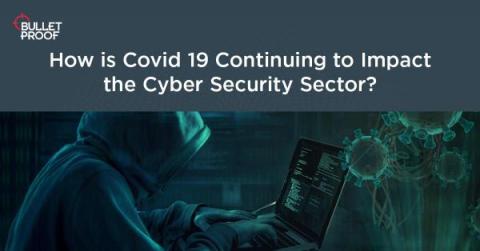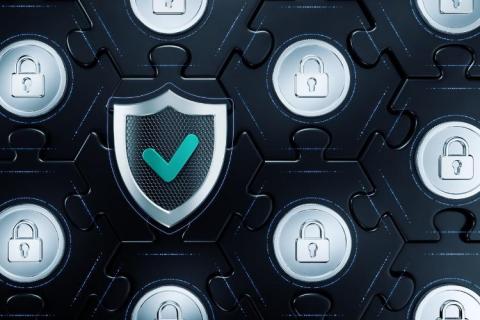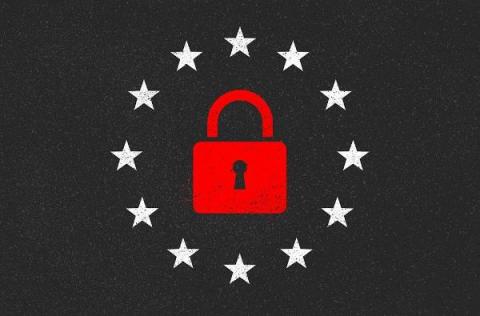How to improve user experience without compromising security
In a fiercely competitive industry, user experience (UX) is one area where retailers can differentiate themselves and win customer loyalty. UX design is a means to reducing friction between users and what they want to do (or more accurately, what the business wants them to do). UX is thus vital to influencing metrics like conversion rate, time on site, page views and basket size.











